How Coco Chanel Designed Her Logo
HOW COCO CHANEL DESIGNED HER LOGO
Fashion designer Coco Chanel is famous for her timeless designs and her iconic monogram logo that she designed herself. A huge influence on how the fashion of the roaring ‘20s looked, she became a much-revered style icon, known for her simple yet sophisticated outfits, paired with accessories like strands of pearls. Chanel invented the ‘little black dress’ and pioneered the wearing of trousers, always putting an emphasis on making clothes that were more comfortable for women.
Coco Chanel was born Gabrielle Bonheur Chanel on August 19, 1883, in Saumur, France. Her early years weren’t glamorous. Age 12, after her mother’s death, Chanel was put in an orphanage by her father, who worked as a peddler. Chanel was raised by nuns who taught her how to sew, a skill she would use to make her career. Her nickname came from another occupation entirely. During her brief time as a singer, Chanel performed in clubs where she was called “Coco.” The name comes from one of the songs she used to sing, and Chanel herself said that it was a “shortened version of cocotte, the French word for ‘kept woman’.”
Around the age of 20, Chanel opened her first shop, on Paris’ Rue Cambon in 1910, and started out by selling hats. The shop was financed by Chanel’s first love Arthur Capel “Boy”, who became her business partner. Their romantic relationship continued until his tragic death in 1919. Her emotional loss spurred Chanel on, gorwing the business and buying stores in Deauville and Biarritz. It was around this time that Chanel began making clothes. Her first taste of clothing success came from a dress she fashioned out of an old jersey on a chilly day. In response to the many people who asked about where she got the dress, she offered to make one for them. “My fortune is built on that old jersey that I’d put on because it was cold in Deauville,” she once said.
Chanel soon became a popular figure in the literary and artistic worlds. She designed costumes for the Ballets Russes and counted artists such as Pablo Picasso among her friends. In 1921, Chanel launched her first perfume, Chanel No.5, the first to feature a designer’s name. Perfume, Chanel explained “is the unseen, unforgettable, ultimate accessory of fashion that heralds your arrival and prolongs your departure.” The only way Chanel could get her perfume produced however, was ultimately by negotiating a deal where she only received 10% of the profits. Over the years, as No.5 became a massive source of revenue, she repeatedly sued to have the terms of the deal renegotiated.
Around 1923, she met the wealthy Hugh Grosvenor, Duke of Westminster, aboard his yacht. The two started a decades-long relationship. In response to his marriage proposal, which she turned down, she reportedly said, “There have been several Duchesses of Westminster, but there is only one Chanel!”
It was 1925 when Chanel designed her iconic monogram logo. One of the most recognizable symbols in the fashion world today, the minimalist, bold, two interlocking “C” letters, have come to represent elegance and luxury all over the world. There are a few theories about where Chanel got the inspiration for her logo. One is that the logo was a modified element of a “C” insignia used by the French Queen Claude and her daughter-in-law, Catherine de Medici. Another is she adapted a symbol embellished in the windows and doorways of the Château de Crémat in Nice, where Chanel’s friend Irene Bretz owned the estate and frequently invited Chanel to visit.
The official story however, is that Coco Chanel found inspiration in the geometric patterns of the stained-glass windows at the Chapel in Aubazine. This was the monastery / orphanage where the young Gabrielle grew up and spend most of her childhood. The windows feature interlaced, Celtic curves, which Chanel abstracted into the interlocking CC design, fitting with her “less is more” design philosophy.
I think the monogram’s genius lies in its simplicity. I love how bold and proud it feels. It stands out from a distance and isn’t fiddley or overly complicated. It wasn’t designed by a committee, so its charm lies in its how personal and meaningful it is to Chanel and her past. The monogram was brilliantly elegant and simple, reflecting the designs Chanel created. She was a pioneering female graphic designer, though she might not have known it at the time.
In 1925, Chanel introduced the ‘Chanel suit’ with a collarless jacket and well-fitted skirt. Her designs were unique at the time, borrowing elements of men’s wear and emphasizing comfort. She revolutionised women’s fashion, helping them say goodbye to the days of corsets and other constraining garments. Incredibly, during the 1920s Chanel also designed the iconic ‘little black dress’, by taking the colour associated with mourning and showing how chic it could be as party-going evening wear. In October 1926, Vogue featured a sketch of a long-sleeved, calf-length, black dress by this plucky young designer Coco Chanel.
The international economic depression of the 1930s had a negative impact on Chanel’s company, but it was the outbreak of World War II that led her to close her business. She was forced to lay off workers and shut down her shops. During the occupation of France, Chanel got special permission to stay in her apartment at the Hotel Ritz in Paris, which the Germans soon started to use as their military headquarters. After the war ended, Chanel was interrogated but not charged as a collaborator. After the war she was shaken and Chanel left Paris, spending some years in Switzerland in a sort of self-imposed exile. She then came back to live in her country house in Roquebrune, France for a time.
At the age of 70, in the early 1950s, Chanel made a triumphant return to the fashion world. She first received scathing reviews from critics, but her new feminine and easy-fitting designs soon won over shoppers around the world. The Chanel logo is considered to be one of the main reasons for the brands massive success, as it’s been one of the most recognisable logos in the fashion business for almost a century. The impact that it has had on the brands reputation shows how influential a design can be. The Chanel monogram was even adapted into an official typeface called ‘Couture’ by Chase Babb in 2012. Since Chanel designed her logo in 1925, it has never changed and remains the timeless design that we see today. The monogram is embossed, stitched and engraved on almost every item created by the fashion house today, especially the classic channel No.5 perfume, which is sold on average every 50 seconds.

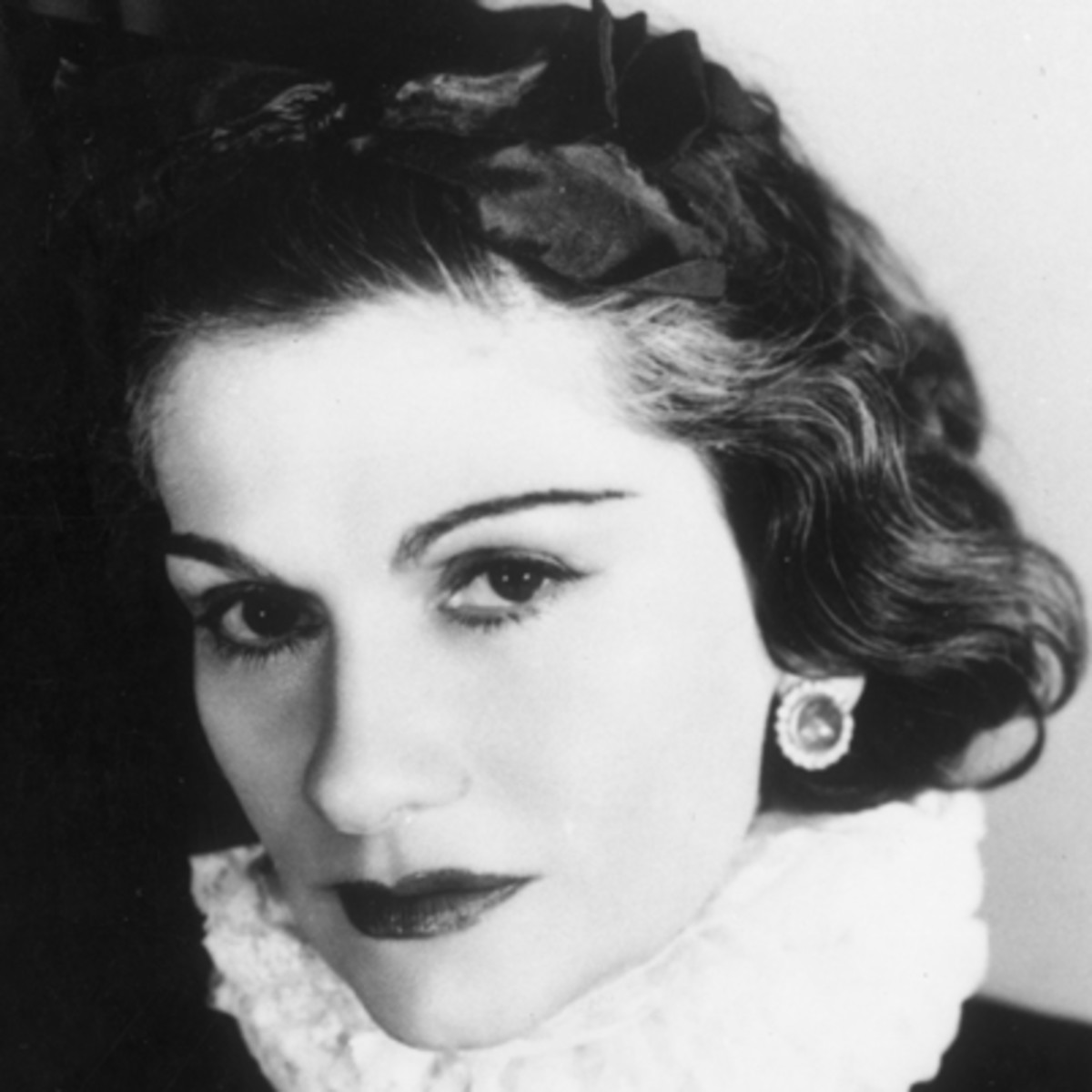
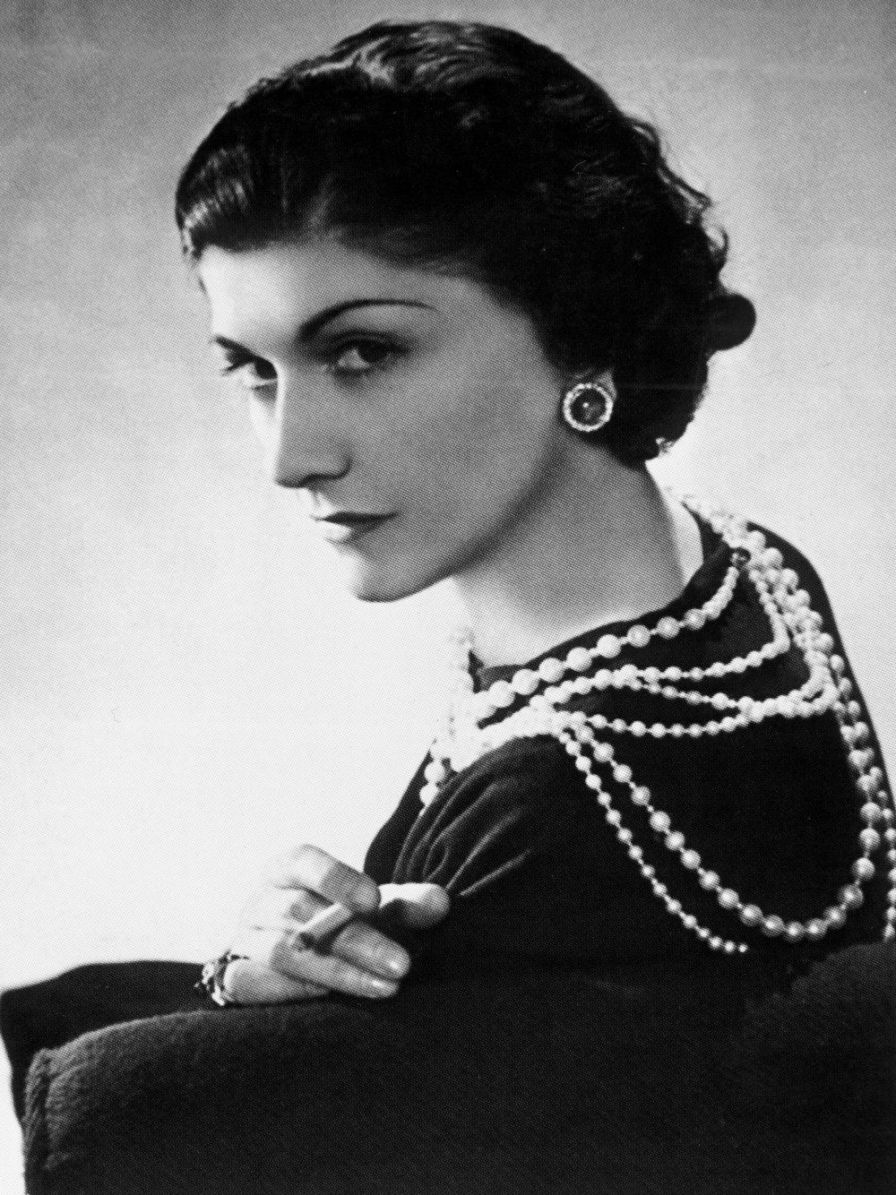
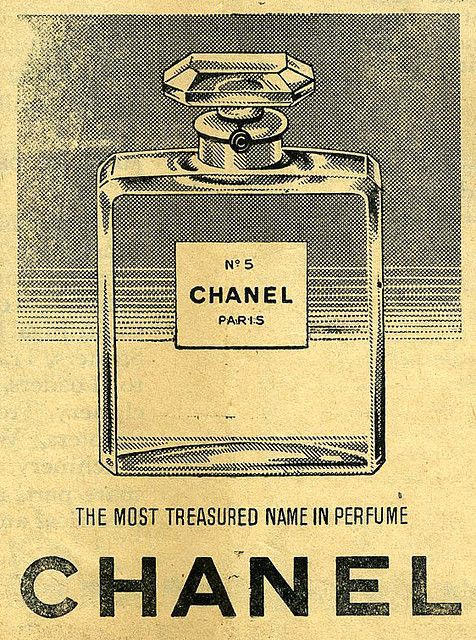
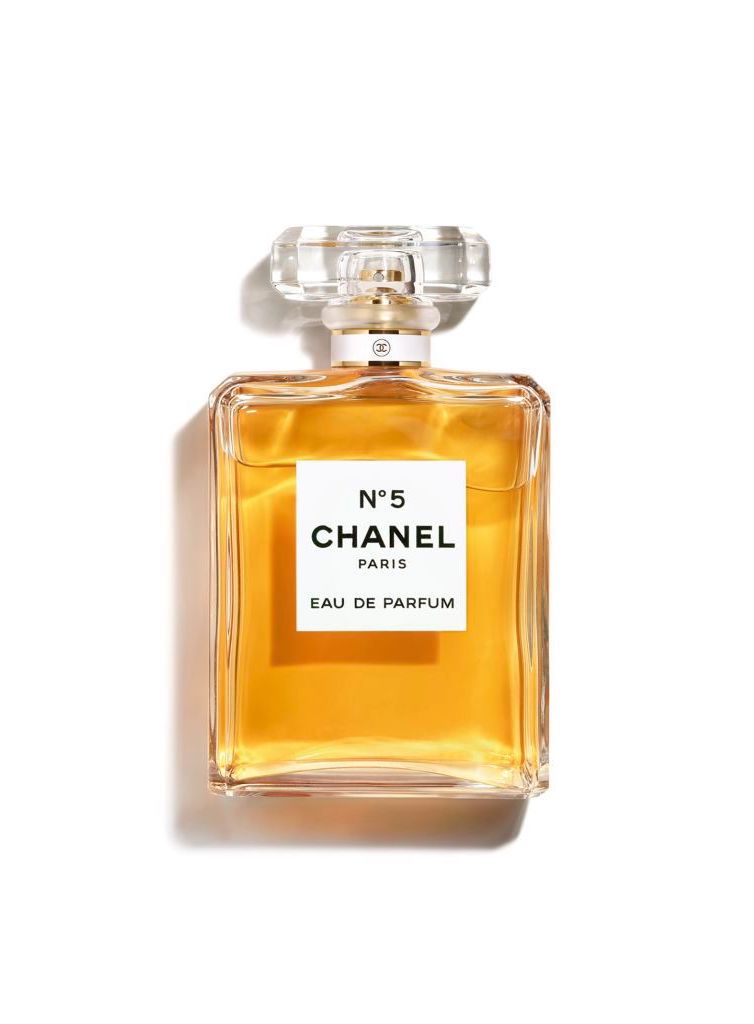
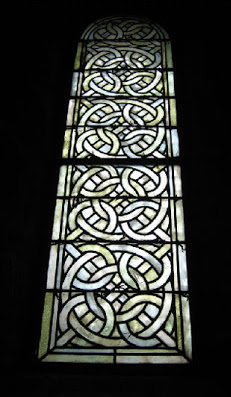
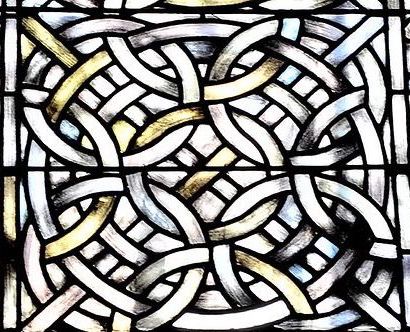
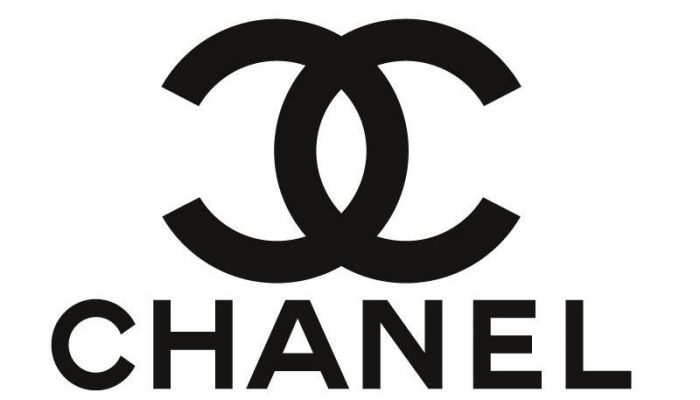
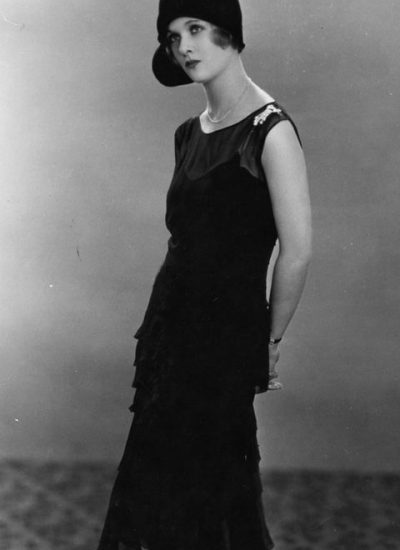
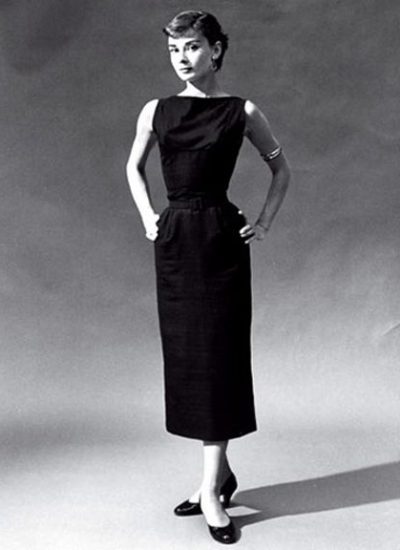
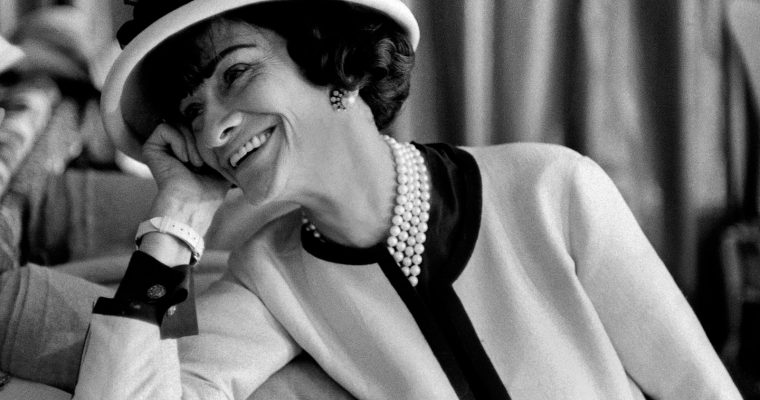
She had a huge impact on fashion.
She really was remarkable, thanks for reading!